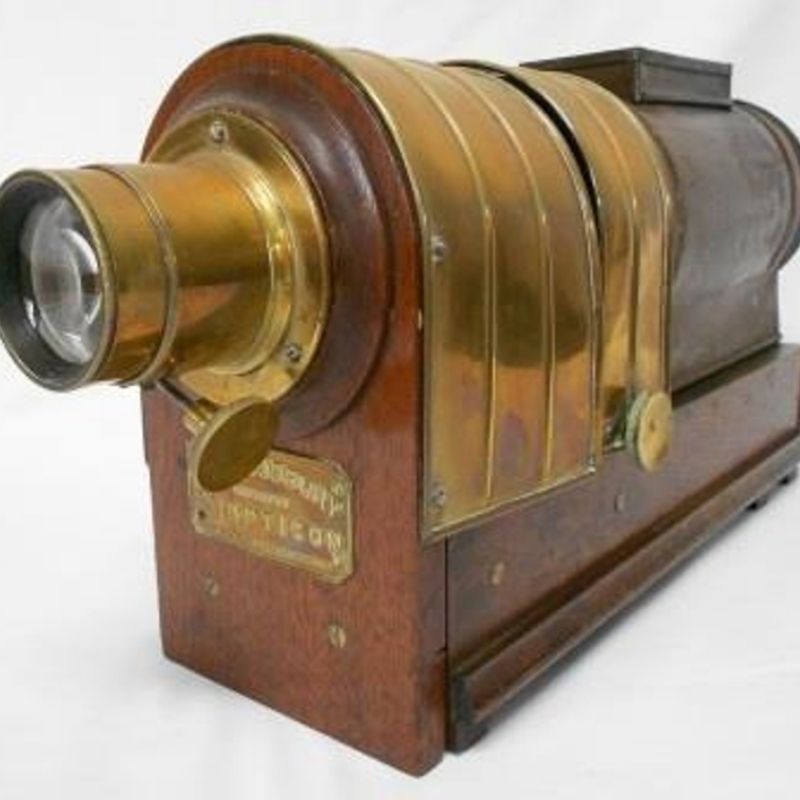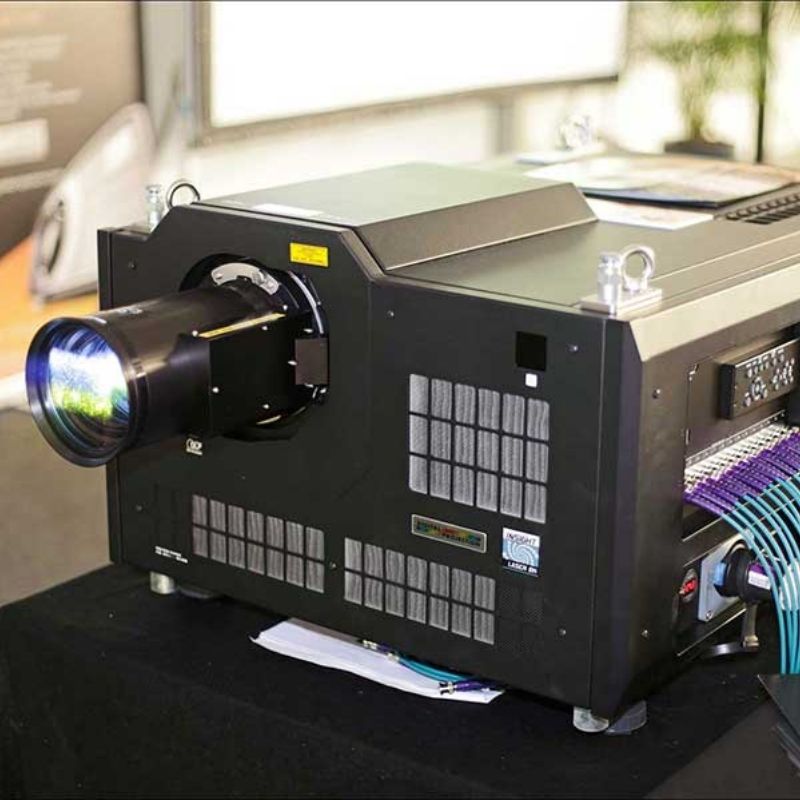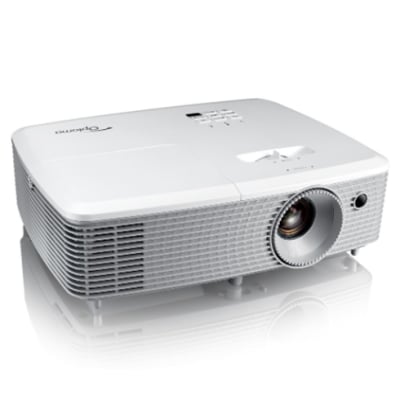The revolutionary history of projector invention begins with the magic lantern’s innovation and goes all the way down to the most advanced projectors of modern days. Undoubtedly, the creation itself recreates history and changes the fate of many industries. The idea of projection of images with wide angles and more excellent resolution inspires many inventors in history. Furthermore, the projector invention brought revolutionary changes to the Cinema and replaced the television with brighter and clearer image-producing projectors.
Magic LANTERNS and Episcope
A Dutch scientist used the magic lanterns back in 1659 to illustrate the painted pictures of animals with the help of glass and light—the limited light source of that time created with candles and oil lamps. Later in 1756, after a hundred years, the 35mm slide projector with a better compact version provided better illumination. The mirror, prism, imaging lamps replaced the oil lamps and painted glass images. It turns a new chapter in the story of projector invention.
In 1872, in the Philadelphia opera house, Henry Morton used the oxyhydrogen lamp to illustrate the image for a greater audience with more precise results.
From first projector invention to digital ones
Zoopraxiscope was the first projector invention ever created with the help of rotating glass. But the advanced innovation in the projector field brings more illustration and yields better results than ever. It was the illustration of the wisdom and constancy of the man of that time. Lumiere brothers projected their first movie in 1895 via cinematograph. Further, the cinematograph was a combination of printer, film camera, and projector all in one. The same film was published at the Paris expo on a more significant screen of 16-21 meters to accommodate more audience.
The evolution of the latest digital projectors brings revolutionary change to the entertainment industry. The brighter days were on the way in late 2000 when the invention of the digital projector modernized the concept of filmmaking. Moreover, the digital projectors are more compact with no film reeling, unlike the traditional filmmaking projectors. They also overrule the idea of film distribution physically.
State-of-the-art projection
Liquid crystal display (LCD) projectors and Digital Light Processing (DLP) projectors are the most advanced ones. Further, they came within an affordable price range. Now, you can turn your television room into a small movie theater of your own. The projector invention brilliantly adds more fun to the entertainment factor. High-resolution images with more incredible lumens and pixel-free accessibility are more remarkable for the more transparent display. Thomas Edison also plays a vital role in maintaining the standard of the projectors and bringing editions to them with time.
Read more:






